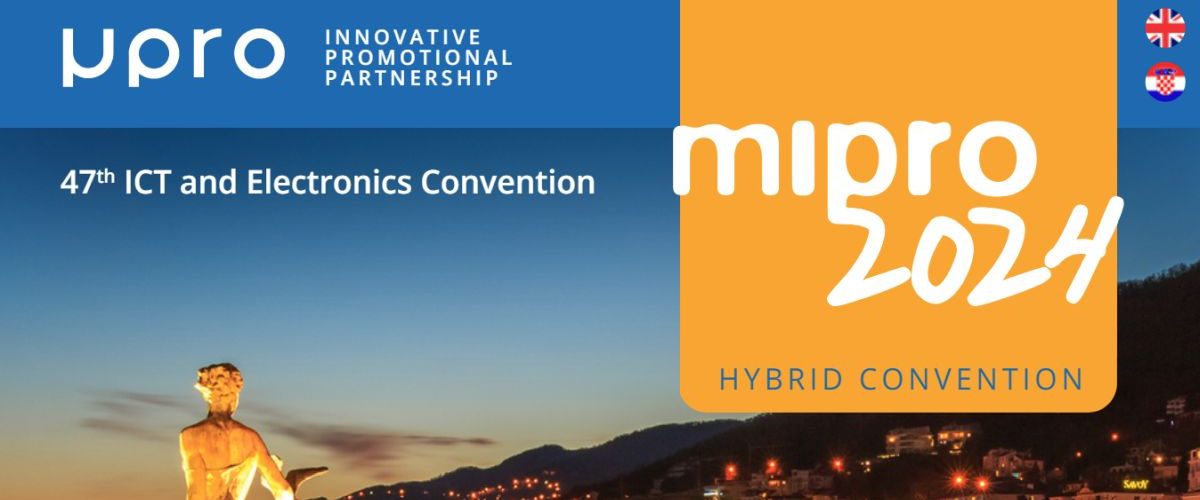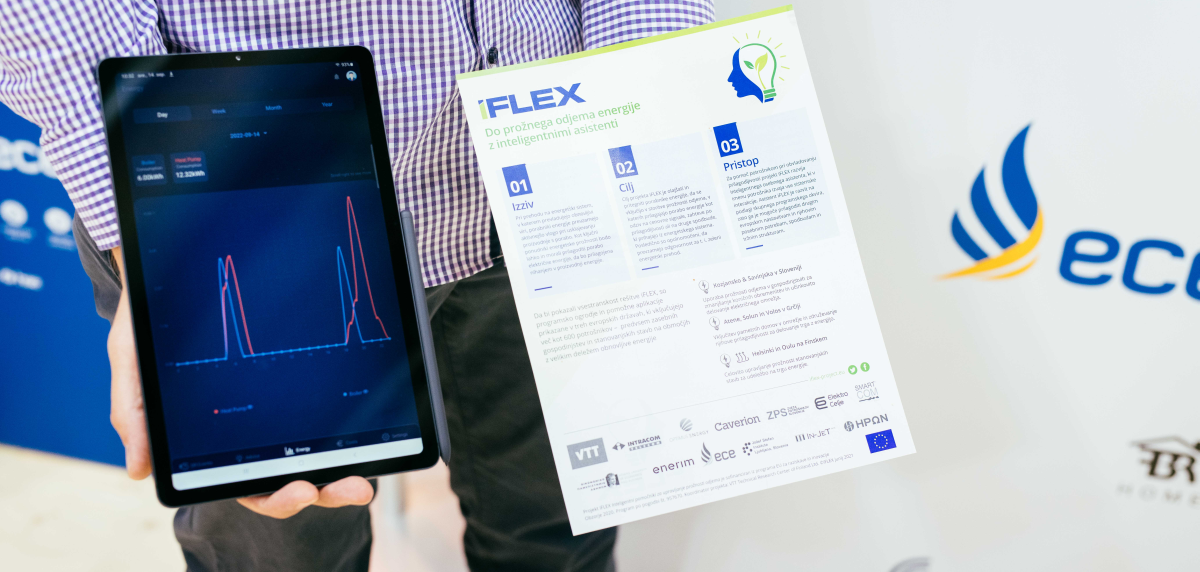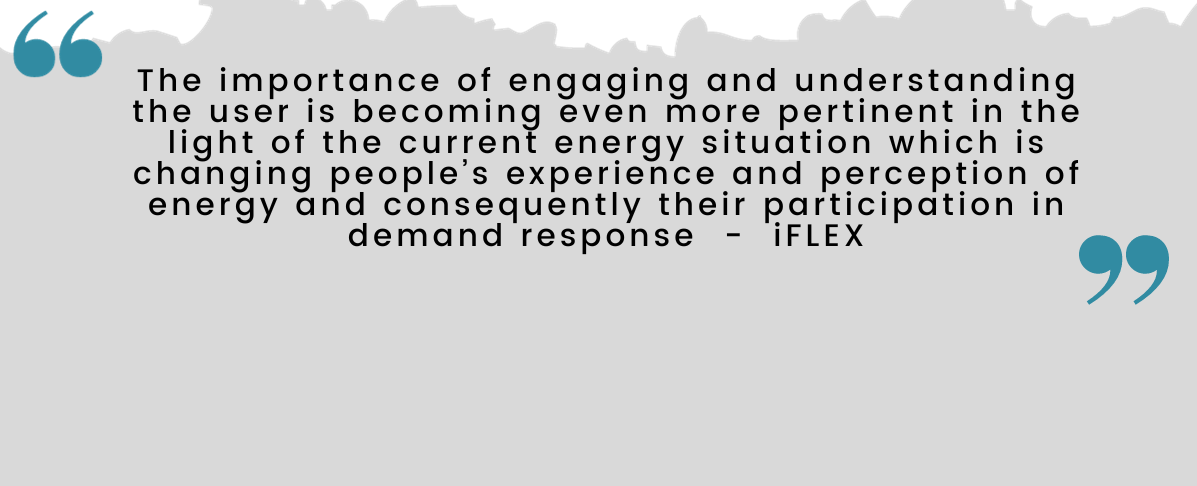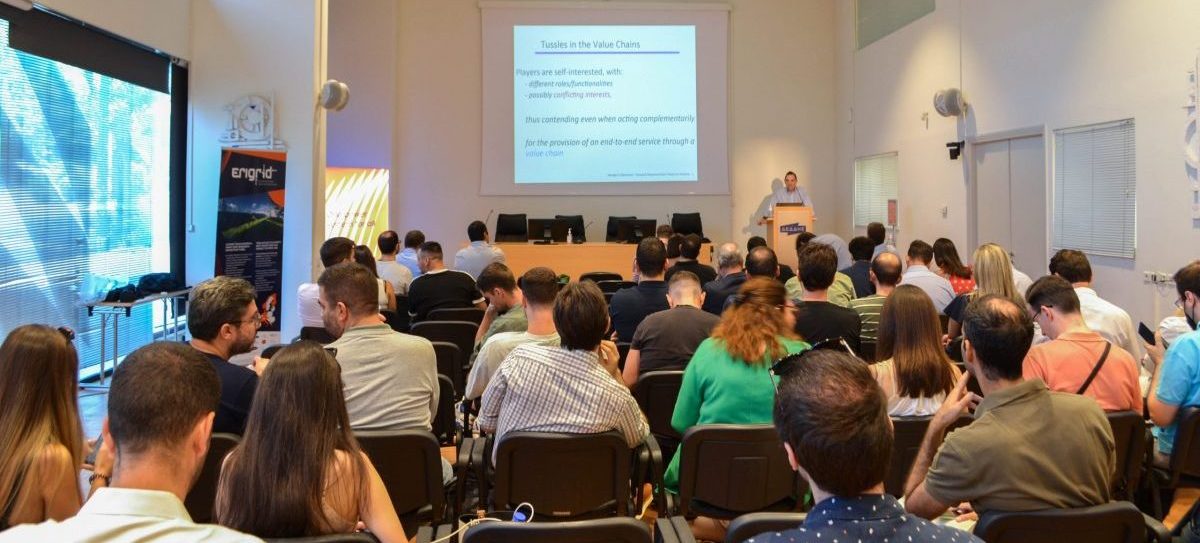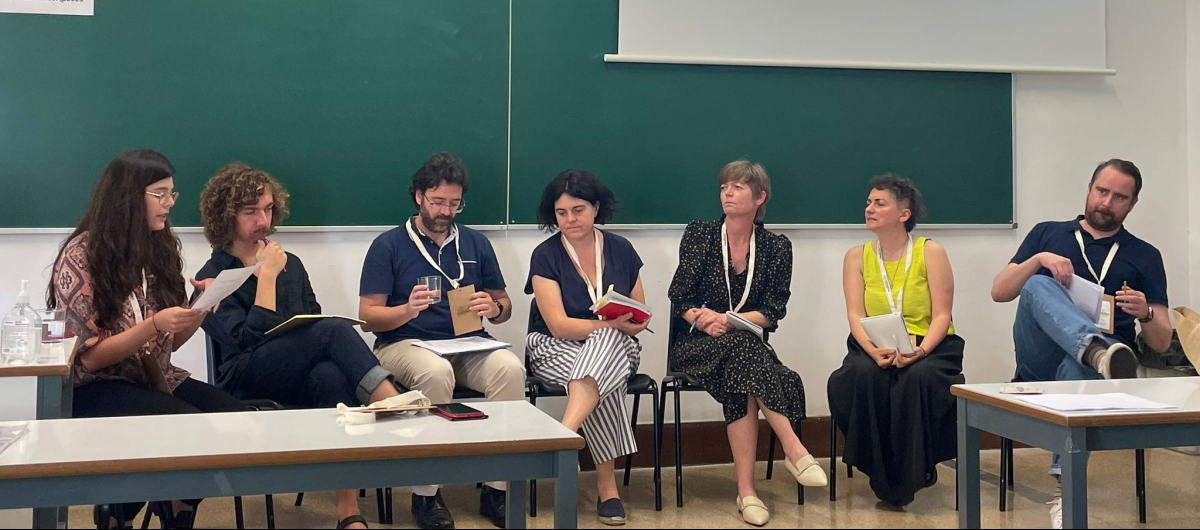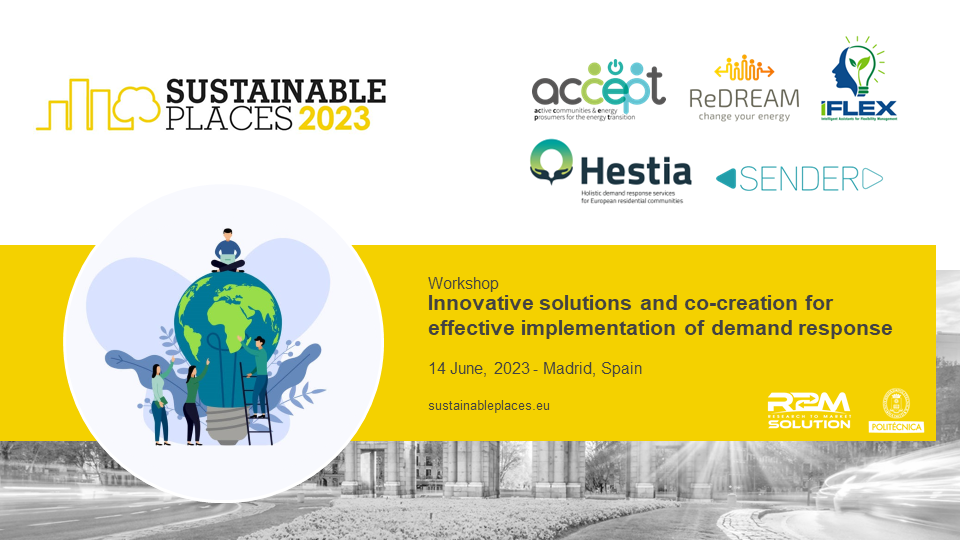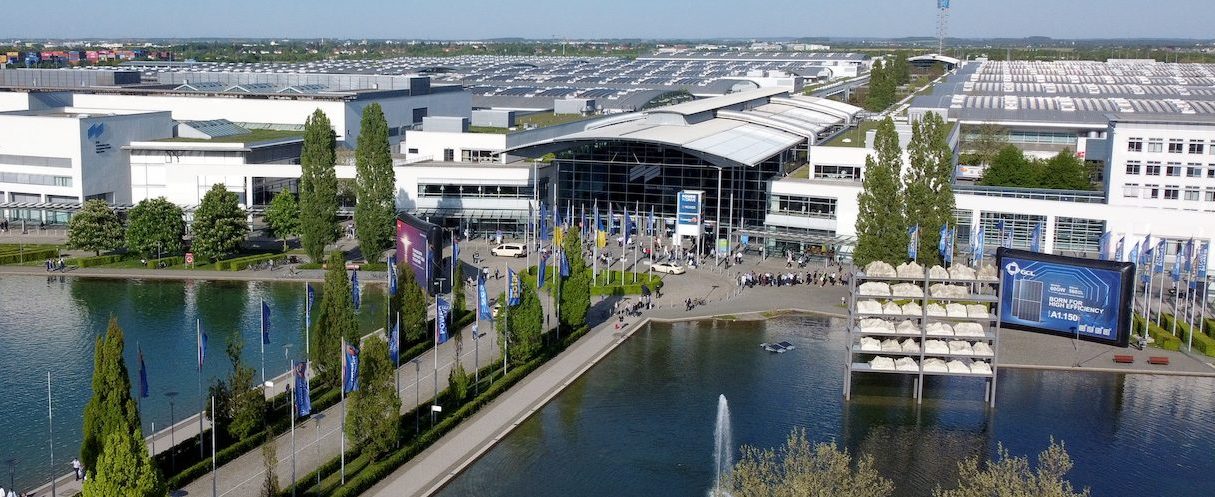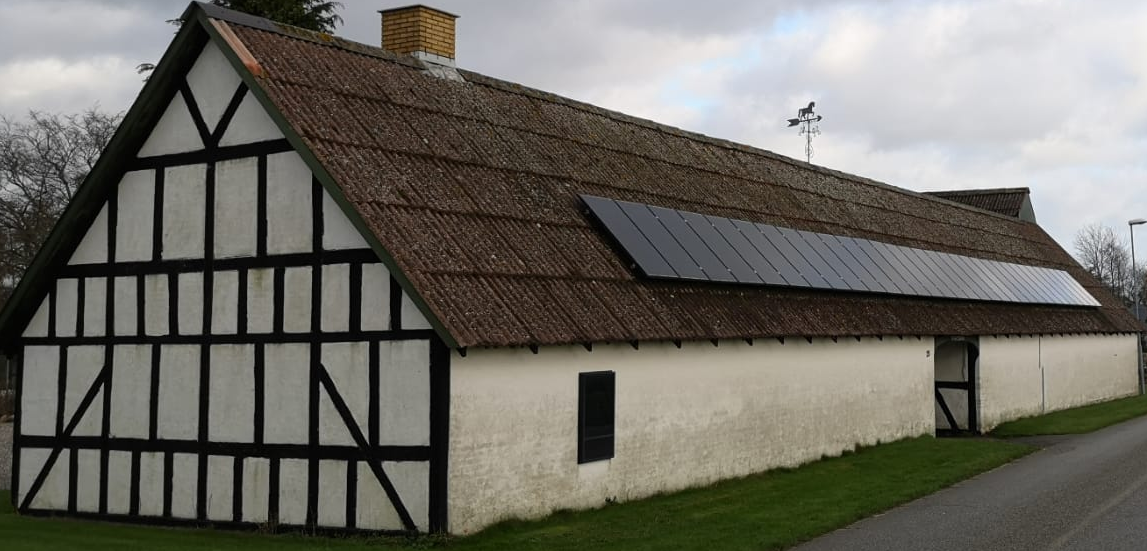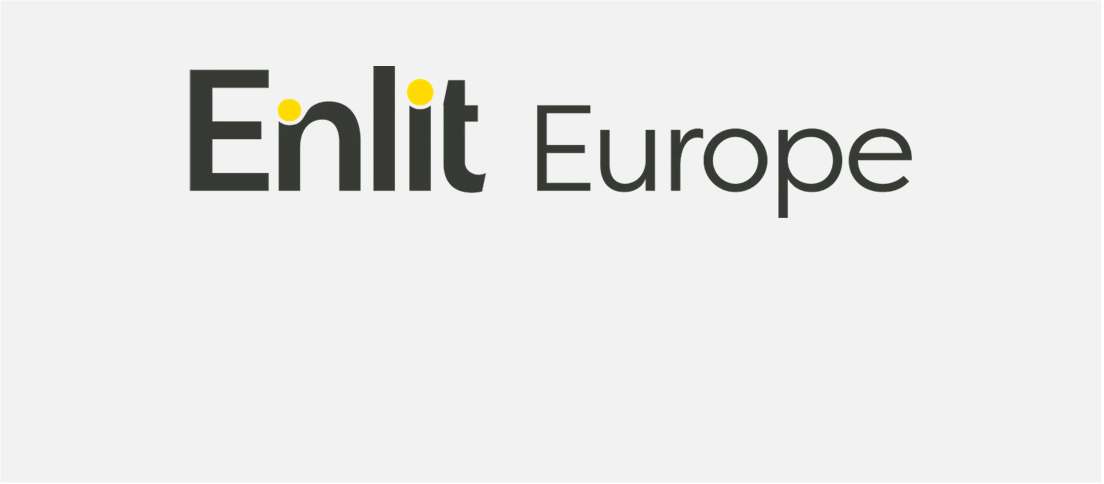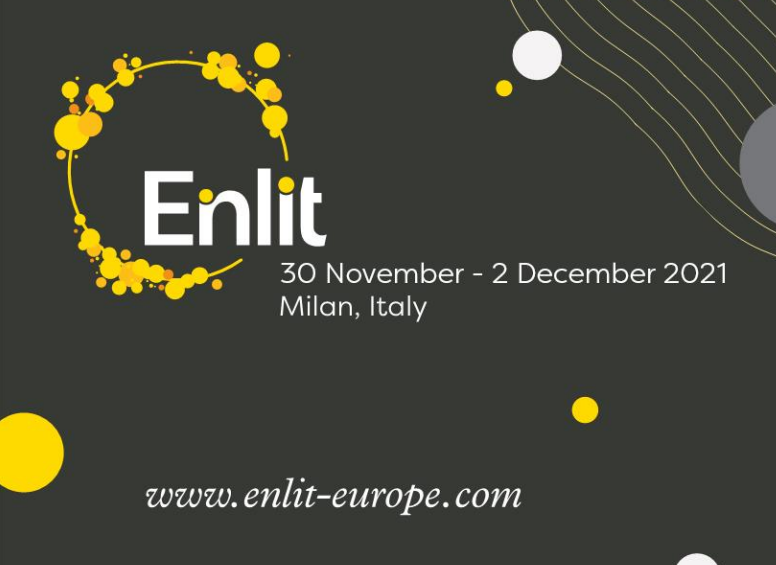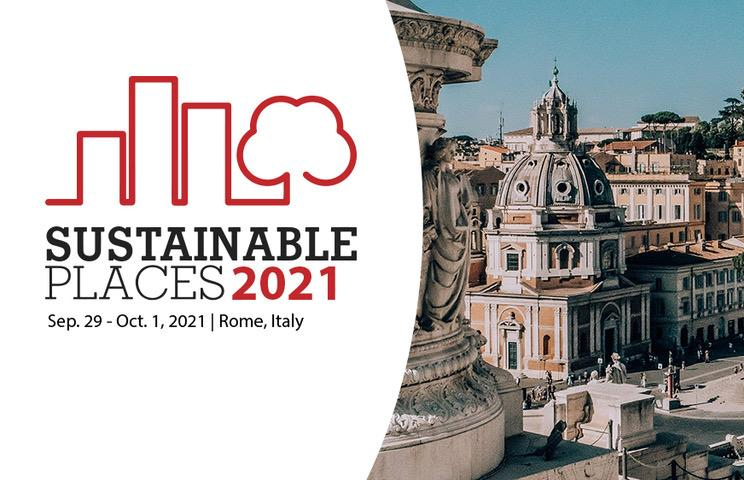In the last phase of the project, the focus is on validating the iFLEX Assistant deployed in each pilot and on demonstrating the optimisation of the energy usage in the participating households and residential buildings, based on the activation of demand responseDemand Response Intentional change of normal consumption patterns by energy consumers in response to external price signals (implicit DR) or incentives to reduce or increase consumption (explicit DR). Both operations can be automated. (DRDR Demand Response) events.
Up until now, the project has tested a Minimum Viable Product of the iFLEX Framework and assistants, validating it with a few selected users, and has further expanded the functionalities and user base. In the Finnish pilot, initial testing of demand response events in an apartment building has been conducted with results showing around 10 % energy savings.
The last and third phase of the project will utilise all the lessons learned for a final demonstration, reaching a total of 600 consumers involved.
Dynamic price and self-consumption signals in Slovenia
In Slovenia, the iFLEX Assistant and control of appliances for energy flexibility will be tested with around 40 recruited homes that have heat pumps in combination with hot water storage boilers and/or photovoltaic (PV) systems. Pilot participants have been provided with a Home Energy Management System in which the iFLEX Assistant’s functionalities are integrated.
Different types of flexibility signals will be sent to the pilot users through the Assistant, which the users can choose to act upon manually or let the Assistant handle automatically in line with the household behaviour and optimisation preferences. The flexibility is used by the consumers and prosumers to achieve cheaper energy, by the Distribution System Operator, Elektro Celje, to stabilise the local distribution grid and by the electricity retailer, ECE, to reduce balancing costs.
The signals include:
- High and low tariff prices for electricity and transmission;
- Signals for maximisation of local consumption and storage in the time of maximum PV power production;
- Signals related to water forecast to maximise storage heat conversion by storing heat inside the heat pump water storage boiler during time of high coefficient of performance;
- Signals in conjunction with near real-time data sampling from the electricity smart meter to stabilise parameters on the local grid.
Signals will be generated by the iFLEX Assistant in the background only for cases that have been accepted by the end user via the iFLEX mobile application. Approved signals will be further processed, for example in the case of increasing consumption: If the end user accepts an event that increases the consumption of electricity from the household’s solar power plant, the iFLEX Assistant will increase consumption via the built-in HEMS equipment and store the excess energy (e.g., heat) inside the residential building for the period of low or zero electric production from the solar power plant.
Inclusion of industrial solar power plants
The pilot also includes small and large industrial facilities which have solar power plants of higher power (from 500 – 999 kW) or electric charging stations for electric vehicles (EV). The aim is to control the PVs in correlation with dynamic day-ahead prices, lowering the production export in negative price hours or forcing EV charging with higher charging power. For the test phase, an energy specialist in the industrial facility will receive the price signals via the iFLEX application so that it is also possible to control other flexible devices that either cannot be remotely controlled or are critical equipment.
Greece: Requests to shift energy use

In Greece, the pilot will send requests to its participants to shift the electricity use of electric boilers and other appliances that use a lot of energy, such as washing machines and air conditioning units. Up to 50 households are or will be equipped with smart plugs on appliances and/or remotely controllable relays on their electric boiler.
Based on the consumption data and scheduled use, the users with electric boilers will receive requests via the iFLEX Assistant when there is a need to shift consumption of the boiler. If agreeing to participate in the event, the Assistant suggests one or more options for rescheduling the electric boiler based on the preferences. The user can also choose auto-mode, leaving it up to the Assistant to decide on participation and rescheduling of the electric boiler. This case is based on a market model developed by HERON as DR AggregatorAggregator Market participant acting between providers and users of flexibility. The Aggregator bundles flexibility resources (consumption, generation, storage) into a flexibility volume and offers the capability to activate it. and Optimus as Renewable Energy Sources (RES) Aggregator.
Innovative market model
In this market model, the flexibility offered by the households is required by Optimus to mitigate the imbalances between wholesaleWholesale market covers three markets of energy trading, each representing a time window: Day-ahead market, intraday market and real-time balancing market. electricity market schedules and real-time energy generation. The DR Aggregator will receive requests for flexibility through a Demand Response Management System (DRMS) provided by Intracom Telecom from the RES Aggregator’s system, dispatch requests for flexibility to the iFLEX Assistant users, and report back to the RES Aggregator on the aggregated flexibility. Under a bilateral trading scheme between the two actors, monitored PV plants will be added to the RES portfolio and coordinated with the DR household portfolio to obtain mutual benefits with respect to the independent participation of RES and DR resources in the wholesale electricity market.
Through this innovative scheme, HERON enables its clients to cover RES imbalances by providing financial incentives in addition to their existing contracts, so that all involved parties i.e., customers, HERON and Optimus can either benefit directly through extra profit, or indirectly, by reducing their losses.
Controlling thermal capacity of buildings in Finland
In the Finnish pilot, the focus of previous project phases has been on validating the technical feasibility of an iFLEX Assistant designed for heating optimisation in an apartment building with 143 residents, which is equipped with a hybrid heating system supplied by district heating and an exhaust air heat pump.
Different types of flexibility demonstrated
The iFLEX Assistant has been integrated with Enerim’s Aggregation Platform and a common demonstration with the OneNet project took place in phase two. In this demonstration, the flexibility was offered and used for solving bottlenecks in the Fingrid’s transmission network. Fingrid requested load reductions in selected areas of the power grid via OneNet’s TSO-DSODSO Distribution System Operator coordination platform. The demand response (DR) requests were received by Enerim’s Aggregation Platform which then generated DR events for the iFLEX Assistant. The Assistant executed the DR events by turning off the heat pump at selected intervals. A baseline and flexibility forecast provided by the iFLEX Assistant enabled precise utilisation of the building flexibility for explicit demand response.
In addition to the explicit demand response use case, continuous implicit DR optimisation has been executed during phase two. The goal was to optimally control the district heating and exhaust air heat pump to minimise energy consumption, costs, and CO2 emissions. Initial results have shown a roughly 10 % reduction of these parameters without affecting the comfort of the residents.
Supermarket is added to the flexibility portfolio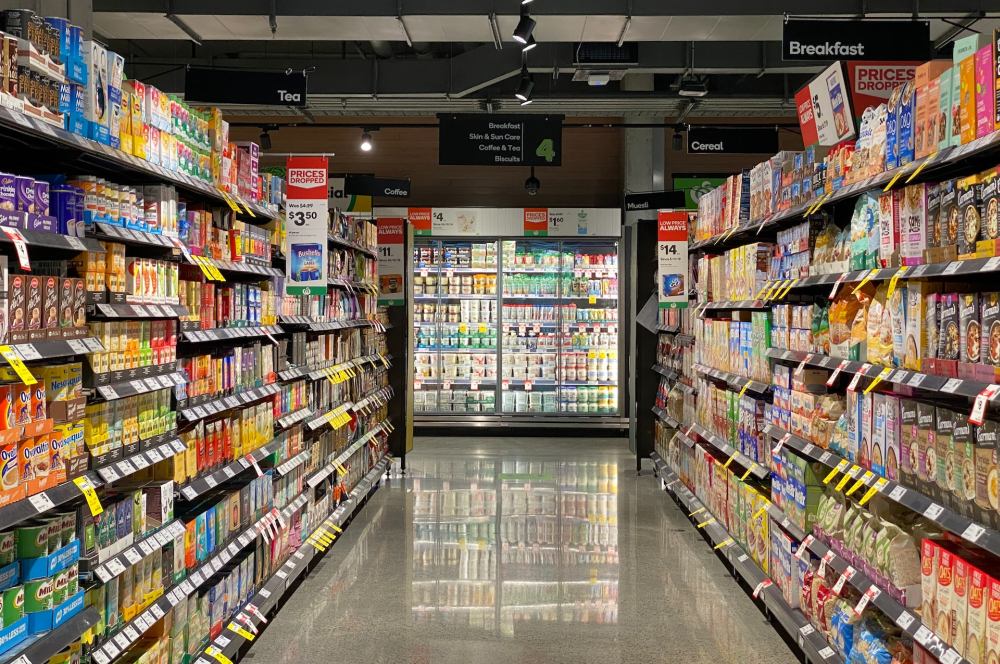
In the final phase of the project, the pilot will add a supermarket to the flexibility portfolio to replicate the apartment solution, but with different flexible assets and technical constraints. The Assistant is utilised to optimise energy efficiency and flexibility offerings of both buildings. Both Assistants will be connected to the Aggregation Platform that is planned to operate in the Nord Pool intraday marketIntraday market is the trading of energy within the day of delivery, closing one hour before delivery.. The Nord Pool intradayIntraday market is the trading of energy within the day of delivery, closing one hour before delivery. test market will be utilised for demonstration and validation in the pilot. For both buildings, the iFLEX Assistant will forecast the baseline load and flexibility and activate the flexibility according to the request from the platform. Additionally, the Assistants will provide implicit DR capabilities and optimise flexibility according to local incentives.
Choosing between flexibility schemes for energy optimisation
New features combining implicit and explicit demand response will also be tested. The idea is that each iFLEX Assistant optimises the building energy consumption with respect to Nord Pool day-ahead prices i.e., spot-price optimisation, but also exposes the flexibility for explicit DR in the intraday market if the value there is higher.



